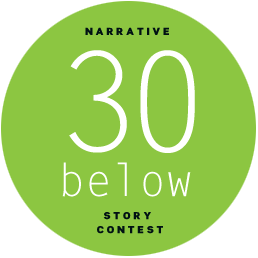Can you tell a story with just a visual — without words? Of course. I’ve written about visual storytelling in art frequently in this space. I’m not sure, though, if I’ve written about visual storytelling on video that attempts to tell a story without narration or dialogue.
Two bloggers have recently explored that question. In an entry on 10,000 Words, How to create video storytelling that actually tells a story, Mark S. Luckie presents three videos that, he says, “prove that you don’t have to have clip after clip of an interviewee of telling the story for you — sometimes the story just tells itself.”
Escape From Tomorrow (A Day In the Life With Nigel Sylvester) from 13thWitness™ on Vimeo.
Well, I’m sure it’s true that video stories can be told without narration or dialog, but I’m not sure Luckie’s examples truly reach the level of storytelling. The first two,
Another night in Beijing and
Escape from tomorrow, are more like slices of life than stories. Both have excellent background music, with the music in
Escape from tomorrow especially well-synched to the action in the film. (Embedded above because it’s my favorite of the videos I looked at here.) The third,
PostSecret: Confessions on Life, Death and God, is more of a person-on-the-street interview series in which subjects are asked to share their secrets. It’s tied to a site I’ve written about,
PostSecret, “an ongoing community art project where people mail in their secrets anonymously on one side of a postcard.”
Story fares a bit better in the videos examined by Tom Kennedy on Kennedy | Multimedia. Kennedy notes that “visual storytelling can offer a complete narrative with music and images alone” and gives as examples four TV commercials, one of which has been removed from YouTube for terms-of-use violations. The first of these, an ad for a Volkswagen, and the last, an ad for Mini Cooper, decently tell stories. The third, an ad for Mexican beer, isn’t much of a story, in my opinion.
The line of inquiry is fascinating, though, and it makes me wonder what elements are required to create a video that offers a complete narrative with music and images alone, and what are some good examples of these?









